Thermal Power Calculation of Interior Permanent Magnet Eddy Current Heater Using Analytical Method
Abstract
:1. Introduction
- The structural design characteristics and working principle of PMECH are analyzed and an IPMECH is designed.
- Based on the structural characteristics of the IPMECH and the basic electromagnetic field theories such as Coulomb’s law, Maxwell’s equation, and the Lorentz force law, an equivalent magnetic circuit model and a mathematical analytical model for the thermal power of the IPMECH are established.
- The validity and accuracy of the analytical model are verified by the FEM and experiments, which provides a theoretical basis for further structural design and optimization.
2. Structure and Mathematical Model of IPMECH
2.1. Structure and Working Mechanism of IPMECH
2.2. Electromagnetic Field Analysis of IPMECH
- Simplify the 3D model to a 2D model by ignoring the end effect of the heater.
- The displacement current in the stator and air gap is ignored; that is, the normal current density on the stator surface is a constant of 0.
- All components of the electromagnetic field are continuously differentiable near the analysis point, and the stator, rotor, and permanent magnet materials are isotropic. The conductivity, permeability, and permittivity are all constants.
- The electromagnetic field is considered an approximately stable alternating electric field, and only the fundamental wave is considered while the harmonics are ignored in the analysis.
- All quantities must have the same frequency (angular frequency) but can have different phase angles.
2.3. Solution and Analysis of Air Gap MFD of IPMECH
2.4. Thermal Power and Eddy Current Distribution of the Heater Stator
2.5. Thermal Power and Eddy Current Distribution Considering Skin Effect
3. Validation by FEM
3.1. The MFD of IPMECH
3.2. The Electromagnetic Torque of IPMECH
3.3. The Thermal Power of IPMECH
4. Experimental Validation
5. Conclusions
Author Contributions
Funding
Data Availability Statement
Conflicts of Interest
Nomenclature
| IPMECH | Interior permanent magnet eddy current heater |
| MFD | Magnetic flux density |
| AM | Analytical method |
| FEM | Finite element method |
| CHP | Coal-fired combined heat and power |
| PMECH | Permanent magnet eddy current heater |
| Symbols | |
| H | Magnetic field intensity |
| J | Current density |
| B | Magnetic flux density (MFD) |
| E | Electric field |
| D | Electric displacement |
| Permittivity | |
| Permeability | |
| Conductivity | |
| A | Magnetic vector potential |
| Angular frequency | |
| Phase angle of the solution point | |
| Remanence of permanent magnet | |
| L | Effective axial length of the heater |
| Permanent magnet permeability | |
| Air permeability | |
| Air gap length | |
| Radius of air gap | |
| Saturation level of B-H curve of rotor core | |
| Magnetic flux density (MFD) of air gap | |
| Magnitude of air gap magnetic flux density (MFD) | |
| Magnetic flux of air gap | |
| Magnetic flux density (MFD) of stator | |
| Radius of stator | |
| Vacuum permittivity | |
| Vacuum permeability | |
| Component of the eddy current in the y-direction | |
| Electromagnetic field alternating angular velocity | |
| Relative permeability of stator material | |
| Rotational speed of rotor | |
| Current density of conductor surface | |
| Eddy current loss, i.e., the thermal power |
References
- Zhuo, C. Evaluating emission reduction potential at the ‘30-60 Dual Carbon targets’ over China from a view of wind power under climate change. Sci. Total Environ. 2023, 900, 165782. [Google Scholar] [CrossRef]
- Ruan, Z. Spatiotemporal carbon footprint and associated costs of wind power toward China’s carbon neutrality. Resour. Conserv. Recycl. 2024, 205, 107593. [Google Scholar] [CrossRef]
- Fang, Y.; Fan, R.; Shao, Z.; Yue, Y.; Liu, Z. Research on the cost allocation mechanism of wind power heating in China from a cost-benefit perspective. Energy Rep. 2024, 11, 4622–4630. [Google Scholar] [CrossRef]
- Zhang, M.; Cong, N.; Song, Y.; Xia, Q. Cost analysis of onshore wind power in China based on learning curve. Energy 2024, 291, 130459. [Google Scholar] [CrossRef]
- Ji, J.; Chi, Y.; Yin, X. The blue treasure of hydrogen energy: A research of offshore wind power industry policy in China. Int. J. Hydrog. Energy 2024, 62, 99–108. [Google Scholar] [CrossRef]
- GWEC. Global Wind Report 2024. Global Wind Energy Council. 2024, p. 75. Available online: http://www.gwec.net/global-figures/wind-energy-global-status/ (accessed on 23 May 2024).
- Zhang, F.; Salimu, A.; Ding, L. Operation and optimal sizing of combined P2G-GfG unit with gas storage for frequency regulation considering curtailed wind power. Int. J. Electr. Power Energy Syst. 2022, 141, 108278. [Google Scholar] [CrossRef]
- Zheng, J.; Zhou, Z.; Zhao, J.; Hu, S.; Wang, J. Effects of intermittent heating on an integrated heat and power dispatch system for wind power integration and corresponding operation regulation. Appl. Energy 2021, 287, 116536. [Google Scholar] [CrossRef]
- Zhang, L.; Yin, Q.; Zhang, Z.; Zhu, Z.; Lyu, L.; Hai, K.L.; Cai, G. A wind power curtailment reduction strategy using electric vehicles based on individual differential evolution quantum particle swarm optimization algorithm. Energy Rep. 2022, 8, 14578–14594. [Google Scholar] [CrossRef]
- Wiatros-Motyka, M. Global Electricity Review: Global Trends. Ember. 2023. Available online: https://ember-climate.org/Global-Electricity-Review-2023.pdf (accessed on 26 May 2024).
- Karijadi, I.; Chou, S.Y.; Dewabharata, A. Wind power forecasting based on hybrid CEEMDAN-EWT deep learning method. Renew. Energy 2023, 218, 119357. [Google Scholar] [CrossRef]
- Gong, M.; Yan, C.; Xu, W.; Zhao, Z.; Li, W.; Liu, Y.; Li, S. Short-term wind power forecasting model based on temporal convolutional network and Informer. Energy 2023, 283, 129171. [Google Scholar] [CrossRef]
- Li, L.; Zhu, D.; Zou, X.; Hu, J.; Kang, Y.; Guerrero, J.M. Review of frequency regulation requirements for wind power plants in international grid codes. Renew. Sustain. Energy Rev. 2023, 187, 113731. [Google Scholar] [CrossRef]
- Chen, H.; Chen, J.; Han, G.; Cui, Q. Winding down the wind power curtailment in China: What made the difference? Renew. Sustain. Energy Rev. 2022, 167, 112725. [Google Scholar] [CrossRef]
- Yang, M.; Wang, D.; Xu, C.; Dai, B.; Ma, M.; Su, X. Power transfer characteristics in fluctuation partition algorithm for wind speed and its application to wind power forecasting. Renew. Energy 2023, 211, 582–594. [Google Scholar] [CrossRef]
- Li, N.; Dong, J.; Liu, L.; Li, H.; Yan, J. A novel EMD and causal convolutional network integrated with Transformer for ultra short-term wind power forecasting. Int. J. Electr. Power Energy Syst. 2023, 154, 109470. [Google Scholar] [CrossRef]
- Yuan, W.; Xin, W.; Su, C.; Cheng, C.; Yan, D.; Wu, Z. Cross-regional integrated transmission of wind power and pumped-storage hydropower considering the peak shaving demands of multiple power grids. Renew. Energy 2022, 190, 1112–1126. [Google Scholar] [CrossRef]
- Lei, Z.; Wang, G.; Li, T.; Cheng, S.; Yang, J.; Cui, J. Strategy analysis about the active curtailed wind accommodation of heat storage electric boiler heating. Energy Rep. 2021, 7, 65–71. [Google Scholar] [CrossRef]
- Xu, F.; Hao, L.; Chen, L.; Chen, Q.; Wei, M.; Min, Y. Discussions on the real potential of district heating networks in improving wind power accommodation with temperature feedback as one consideration. Energy Convers. Manag. 2021, 250, 114907. [Google Scholar] [CrossRef]
- Mu, Y.; Li, H.; Yu, X.; Jia, H.; Wang, M.; Hou, K.; Wang, Z. A scenario-based optimal dispatch for joint operation of wind farms and combined heat and power plants considering energy flexibilities in heating networks. Electr. Power Syst. Res. 2022, 204, 107683. [Google Scholar] [CrossRef]
- Xu, F.; Hao, L.; Chen, L.; Chen, Q.; Wei, M.; Min, Y. Integrated heat and power optimal dispatch method considering the district heating networks flow rate regulation for wind power accommodation. Energy 2023, 263, 125656. [Google Scholar] [CrossRef]
- CHIC. Industry Report 2023/Comprehensive Section-Overall Energy Development. Available online: https://www.chic.org.cn/home/Index/detail1?id=1778 (accessed on 28 May 2024).
- Nourollahi, R.; Zare, K.; Mohammadi-Ivatloo, B.; Vahidinasab, V.; Moghadam, A.A. Continuous-time optimization of integrated networks of electricity and district heating under wind power uncertainty. Appl. Therm. Eng. 2023, 225, 119926. [Google Scholar] [CrossRef]
- Wang, W.; Dong, Z. Economic benefits assessment of urban wind power central heating demonstration project considering the quantification of environmental benefits: A case from northern China. Energy 2021, 225, 120246. [Google Scholar] [CrossRef]
- Cheng, W.L.; Han, B.C.; Le Nian, Y.; Han, B.B. Theoretical analysis of a wind heating conversion and long distance transmission system. Energy Convers. Manag. 2017, 137, 21–33. [Google Scholar] [CrossRef]
- Liu, X.H.; Chen, C.C.; Yu, H.D.; Wei, G.D.; De Tian, Z. The study of the heat device in wind-magnetic water heater. Adv. Mater. Res. 2011, 201–203, 460–464. [Google Scholar] [CrossRef]
- Sobor, I.; Chicuic, A.; Ciuperca, R.; Rachier, V. Concerning the conversion efficiency increase of the available wind potential. Ann. Univ. Craiova Electr. Eng. Ser. 2011, 35, 122–127. Available online: http://elth.ucv.ro/fisiere/anale/2011/19.pdf (accessed on 2 April 2024).
- Cao, K.K.; Nitto, A.N.; Sperber, E.; Thess, A. Expanding the horizons of power-to-heat: Cost assessment for new space heating concepts with Wind Powered Thermal Energy Systems. Energy 2018, 164, 925–936. [Google Scholar] [CrossRef]
- Liu, X. The study of power unit of a wind-magnetic water heater. Adv. Mater. Res. 2012, 418–420, 2290–2293. [Google Scholar] [CrossRef]
- Du, H.; Qu, Y.; Cheng, S. A novel dynamic electromagnetic heating-magnetizing device used for reverse osmosis system. Adv. Mater. Res. 2012, 562–564, 913–916. [Google Scholar] [CrossRef]
- Du, H.; Qu, Y. Research on loss and temperature rise of a novel dynamic electromagnetic induction heater. Adv. Mater. Res. 2012, 468–471, 3108–3112. [Google Scholar] [CrossRef]
- Shukang, C.; Lei, C.; Yunpeng, H. Fundamental research on flameless electromagnetic heater based on the reverse problem of temperature rise and loss in electrical machines. In Proceedings of the IEEE Vehicle Power & Propulsion Conference, Harbin, China, 3–5 September 2008. [Google Scholar]
- Chu, J. Mathematic model based on rotating electromagnetic theory used in building a thermal circuit used in food heater. Carpathian J. Food Sci. Technol. 2016, 8, 106–113. [Google Scholar]
- Tudorache, T.; Popescu, M. FEM optimal design of wind energy-based heater. Acta Polytech. Hung. 2009, 6, 55–70. [Google Scholar]
- Dirba, I.; Kleperis, J. Practical application of eddy currents generated by wind. IOP Conf. Ser. Mater. Sci. Eng. 2011, 23, 012011. [Google Scholar] [CrossRef]
- Fireeanu, V.; Nebi, O. Finite element electromagnetic 2D model of an eddy current heater with rotating permanent magnets. Ann. Univ. Craiova Electr. Eng. Ser. 2008, 32, 62–67. [Google Scholar]
- Khanjari, A.; Kang, S.; Lee, D.; Jung, D.Y.; Lee, J.H. Studying Four Different Permanent Magnet Eddy Currents Heaters with Different Magnet Areas and Numbers to Produce Heat Directly from a Vertical Axis Wind Turbine. Energies 2022, 15, 275. [Google Scholar] [CrossRef]
- Khanjari, A.; Kang, S.; Lee, S.I.; Lee, J.H.; Kim, Y.S. Direct heat energy harvesting from wind by a permanent magnet eddy currents heater with different magnet arrangements. Energy Sci. Eng. 2023, 11, 929–951. [Google Scholar] [CrossRef]
- Sobor, I.; Rachier, V.; Chicuic, A.; Ciuperca, R. Small wind energy system with permanent magnet eddy current heater. Bull. Polytech. Inst. Jassy Elechtrotechnics Energetics Electron. Sect. 2013, 13, 143–150. Available online: http://www.bulipi-eee.tuiasi.ro/archive/2013/fasc.4/2013f4contents.html (accessed on 4 April 2024).
- Chen, L.; Pei, Y.; Chai, F.; Cheng, S. Investigation of a Novel Mechanical to Thermal Energy Converter Based on the Inverse Problem of Electric Machines. Energies 2016, 9, 518. [Google Scholar] [CrossRef]
- Nebi, O.; Fireţeanu, V. Finite element analysis of an eddy current heater for wind or water kinetic energy conversion into heat. Renew. Energy Power Qual. J. 2010, 1, 882–887. [Google Scholar] [CrossRef]
- Tudorache, T.; Melcescu, L. Outer rotor eddy current heater for wind turbines. Renew. Energy Environ. Sustain. 2016, 1, 25. [Google Scholar] [CrossRef]
- Du, H.; Li, J.; Qu, Y. Mathematical modeling of eddy-current loss for a new induction heating device. Math. Probl. Eng. 2014, 2014, 923745. [Google Scholar] [CrossRef]
- Tudorache, T.; Trifu, I.; Melcescu, L.; Floricau, D. Numerical analysis of an electro-thermal wind generator. In Proceedings of the 9th International Conference on Electronics, Computers and Artificial Intelligence, ECAI 2017, Targoviste, Romania, 29 June–1 July 2017; pp. 1–4. [Google Scholar] [CrossRef]
- Tudorache, T.; Melcescu, L.; Bostan, V.; Colț, G.; Popescu, M.; Predescu, M. Electromagnetic analysis of a hybrid permanent magnet generator. IEEE Trans. Energy Convers. 2018, 63, 33–37. [Google Scholar]
- Grigorash, O.; Kirichenko, A.; Pigarev, K. Model of Induction Heater on Permanent Magnets Using Wind Energy. In Proceedings of the 2019 International Conference on Industrial Engineering, Pilsen, Czech Republic, 23–26 July 2019. [Google Scholar]
- Tudorache, T.; Melcescu, L.; Predescu, M. Analysis of a permanent magnet Eddy current heater driven by a wind turbine. Adv. Electr. Comput. Eng. 2015, 15, 53–58. [Google Scholar] [CrossRef]
- Song Zhihao, Y.W.W. Modeling of Interior PMSM Based on Normal Canonical Form Under Low Carrier Ratio. Proc. CSEE 2023, 43, 4779–4788. (In Chinese) [Google Scholar] [CrossRef]
- Liu, F.; Wang, X.; Xing, Z.; Yu, A.; Li, C. Reduction of Cogging Torque and Electromagnetic Vibration Based on Different Combination of Pole Arc Coefficient for Interior Permanent Magnet Synchronous Machine. CES Trans. Electr. Mach. Syst. 2021, 5, 291–300. [Google Scholar] [CrossRef]
- Karakoc, K.; Park, E.J.; Suleman, A. Improved braking torque generation capacity of an eddy current brake with time varying magnetic fields: A numerical study. Finite Elem. Anal. Des. 2012, 59, 66–75. [Google Scholar] [CrossRef]
- Chen, Q.; Xu, G.; Liu, G.; Zhao, W.; Liu, L.; Lin, Z. Torque ripple reduction in five-phase IPM motors by lowering interactional MMF. IEEE Trans. Ind. Electron. 2018, 65, 8520–8531. [Google Scholar] [CrossRef]
- Liu, G.; Liu, L.; Chen, Q.; Zhao, W. Torque Calculation of Five-Phase Interior Permanent Magnet Machine Using Improved Analytical Method. IEEE Trans. Energy Convers. 2019, 34, 1023–1032. [Google Scholar] [CrossRef]
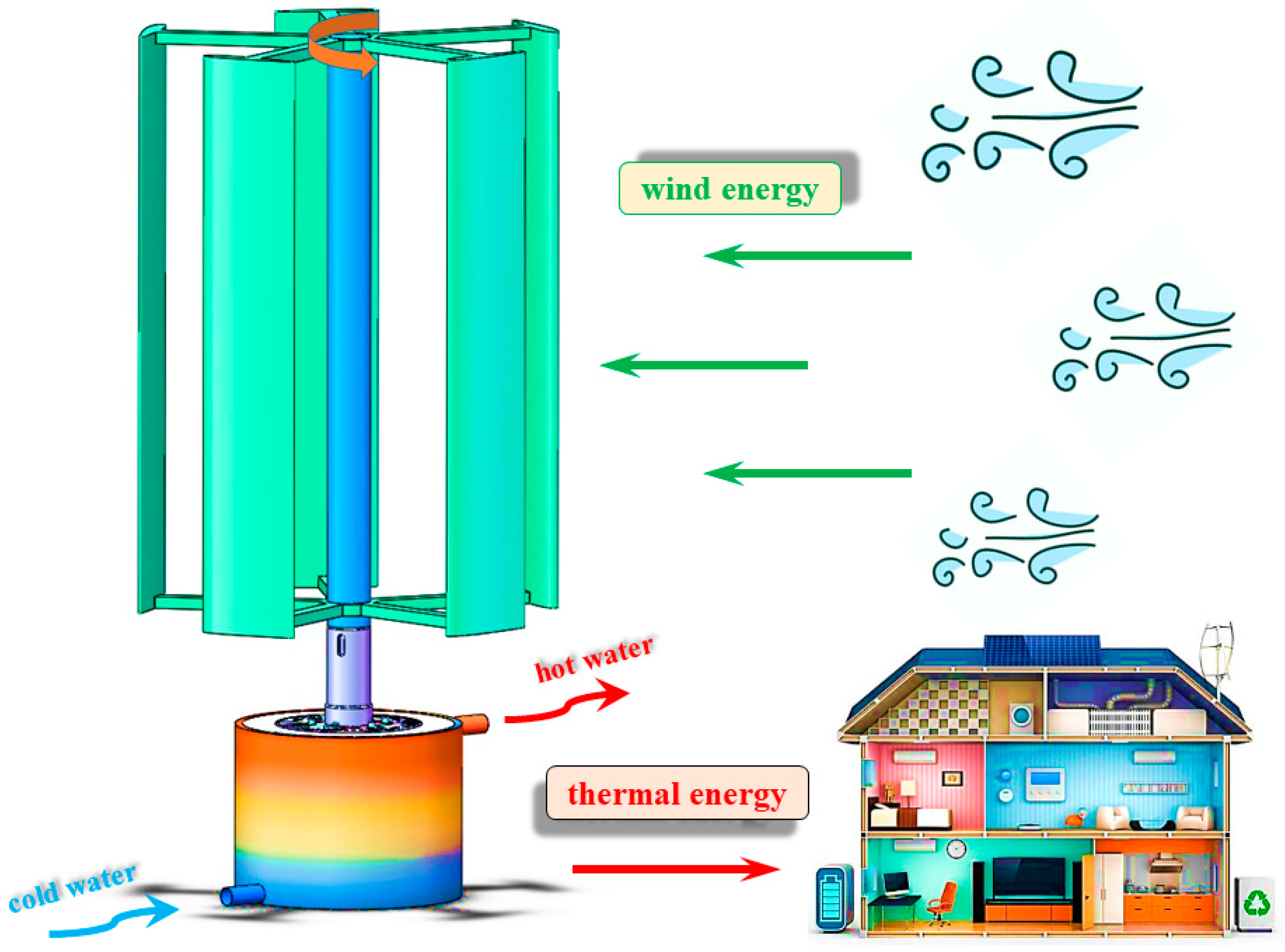
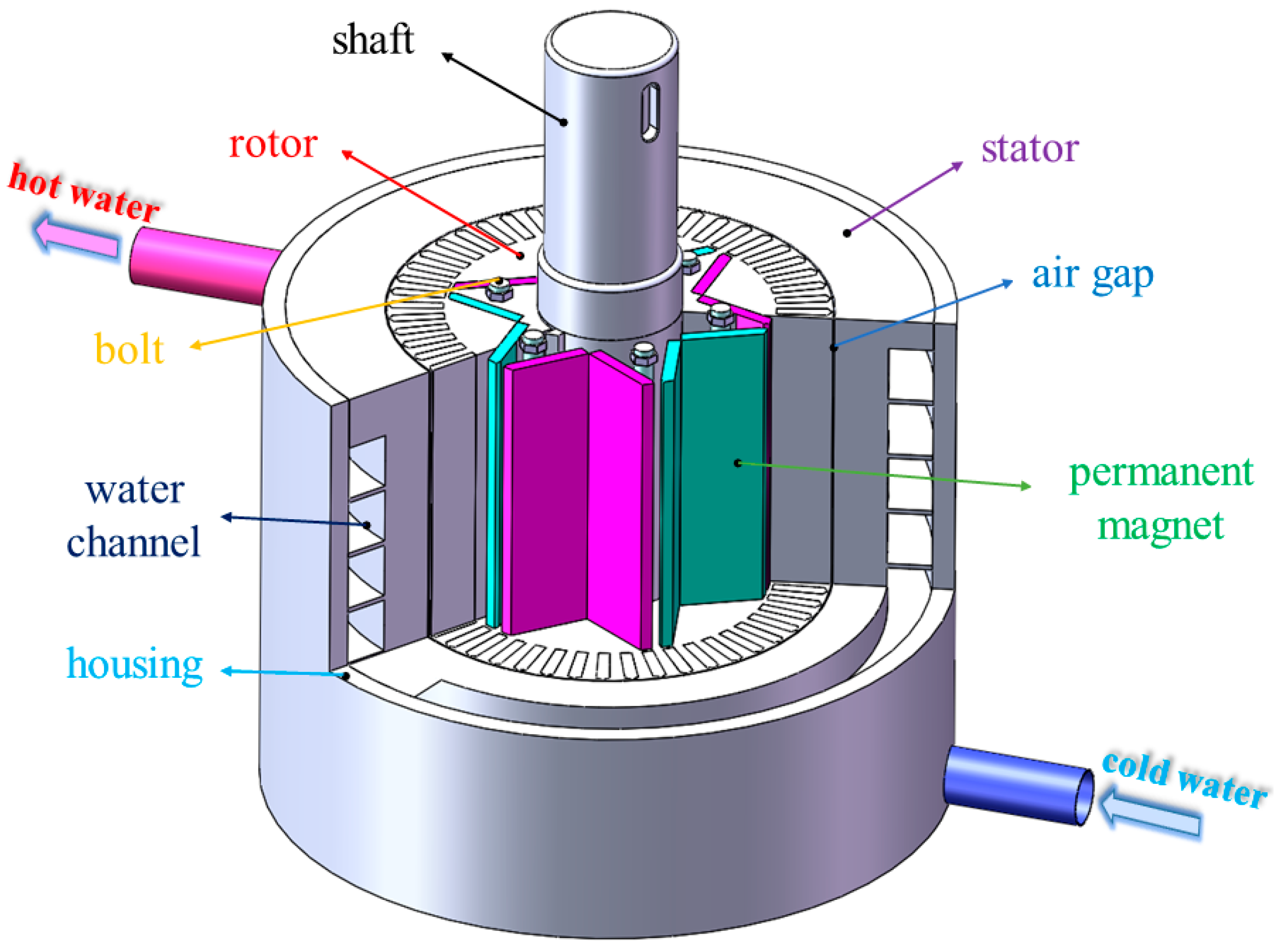
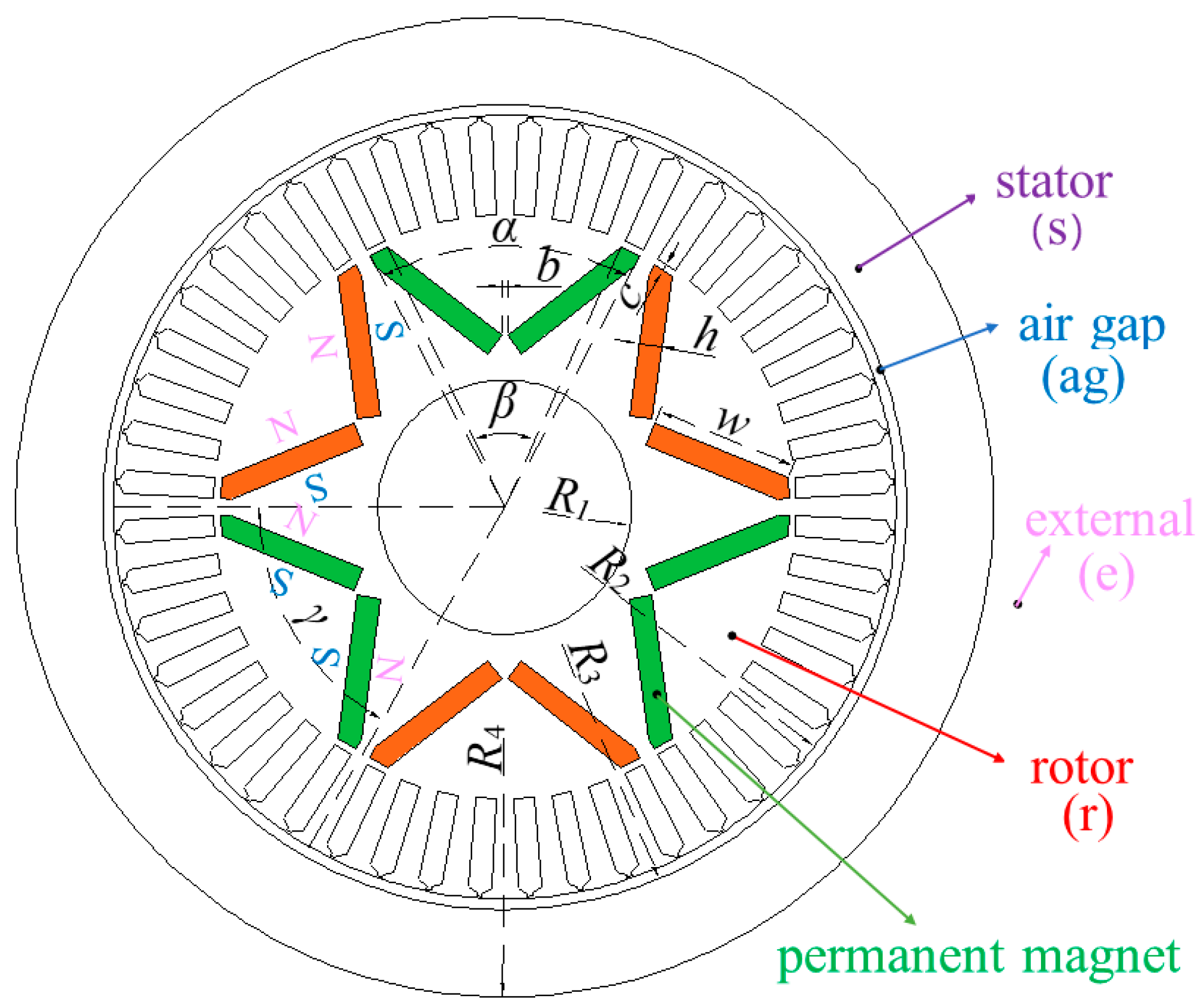

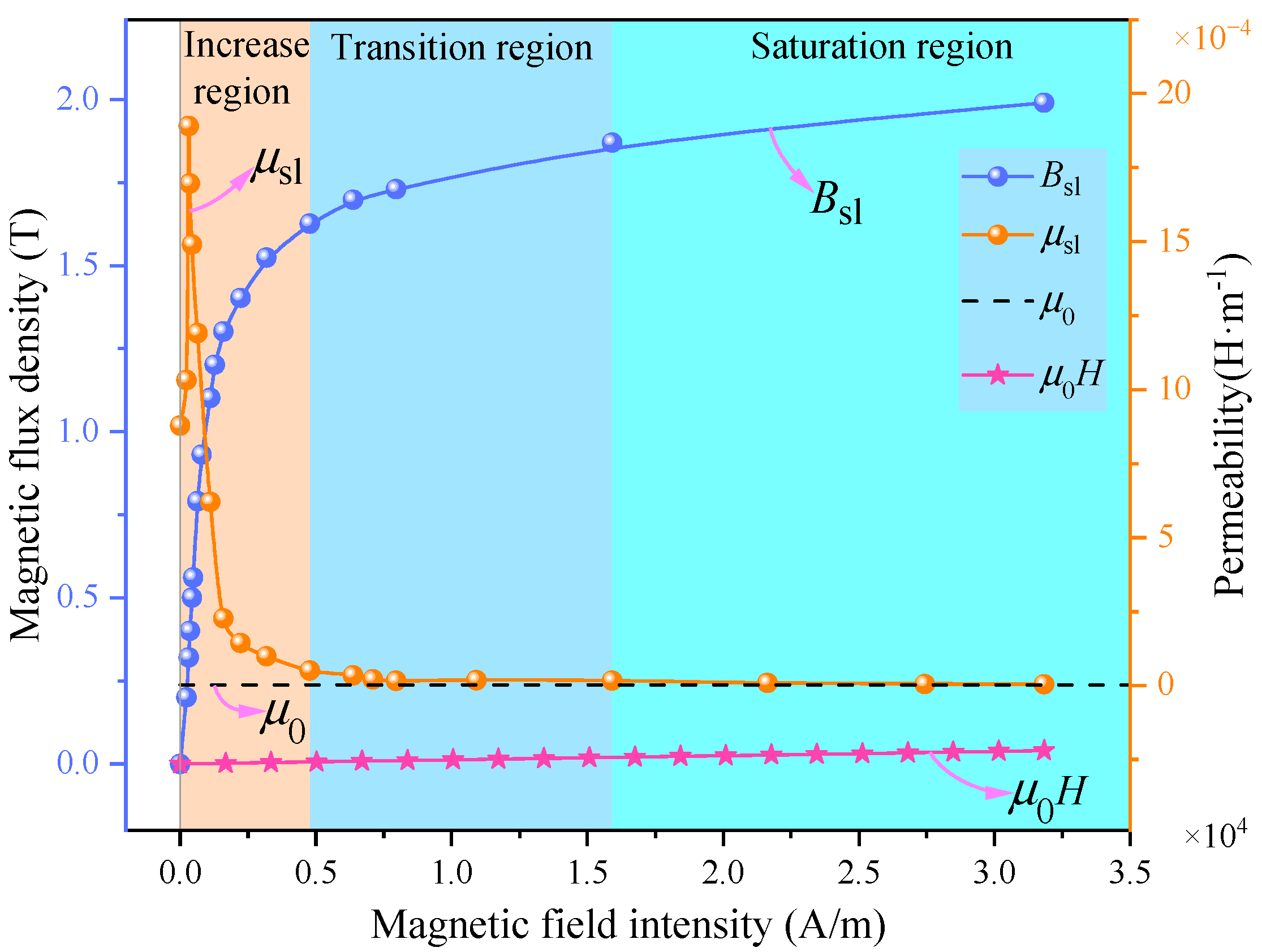

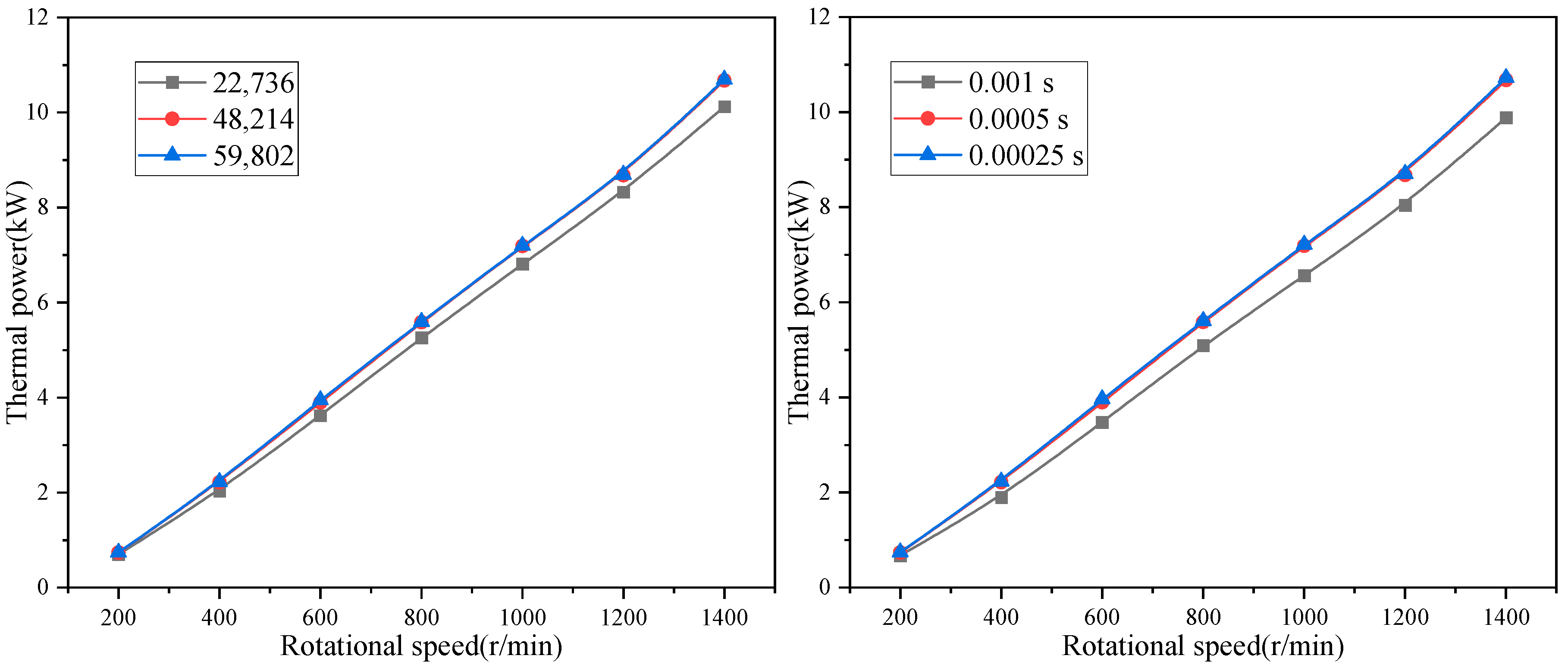
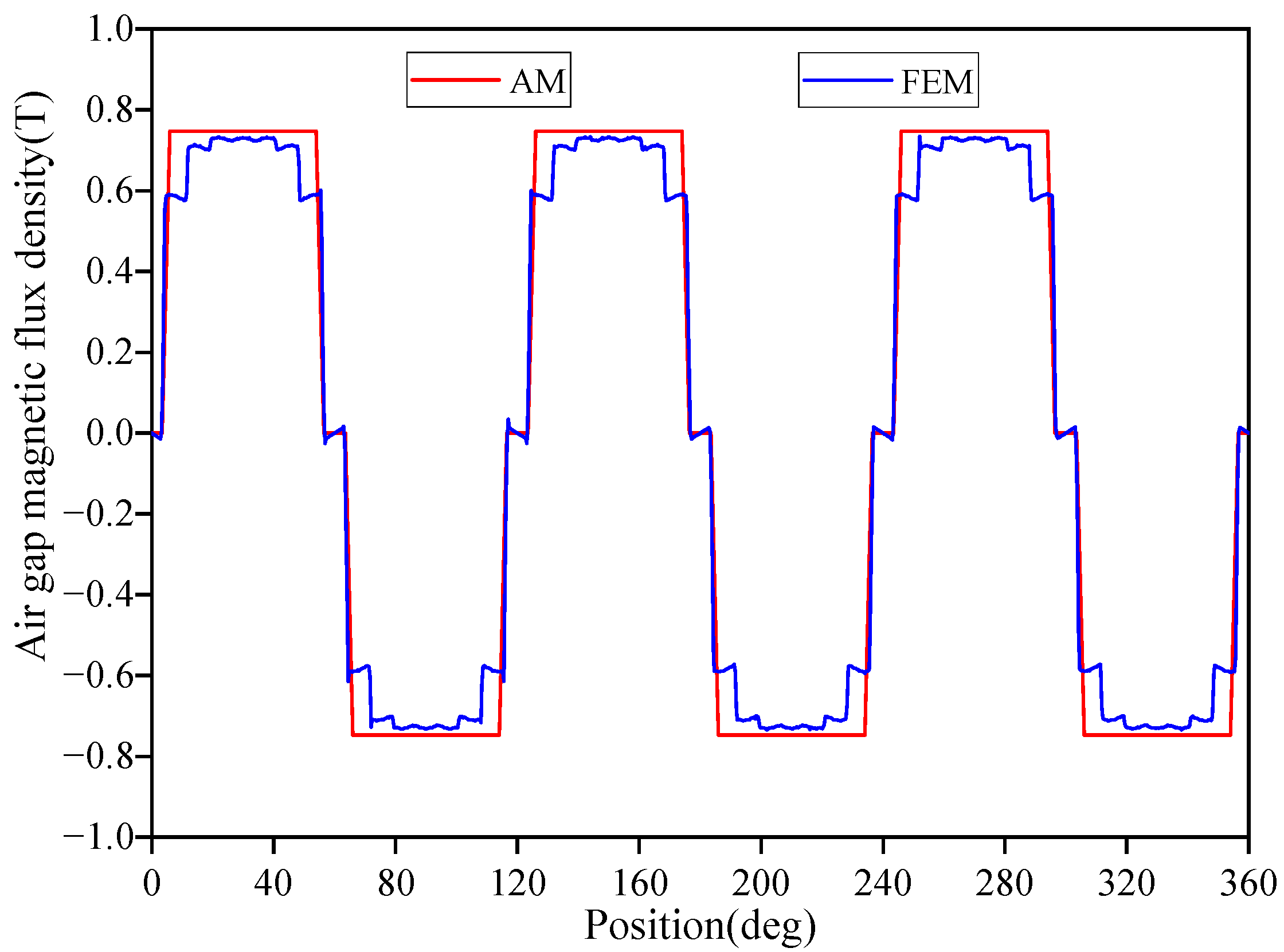
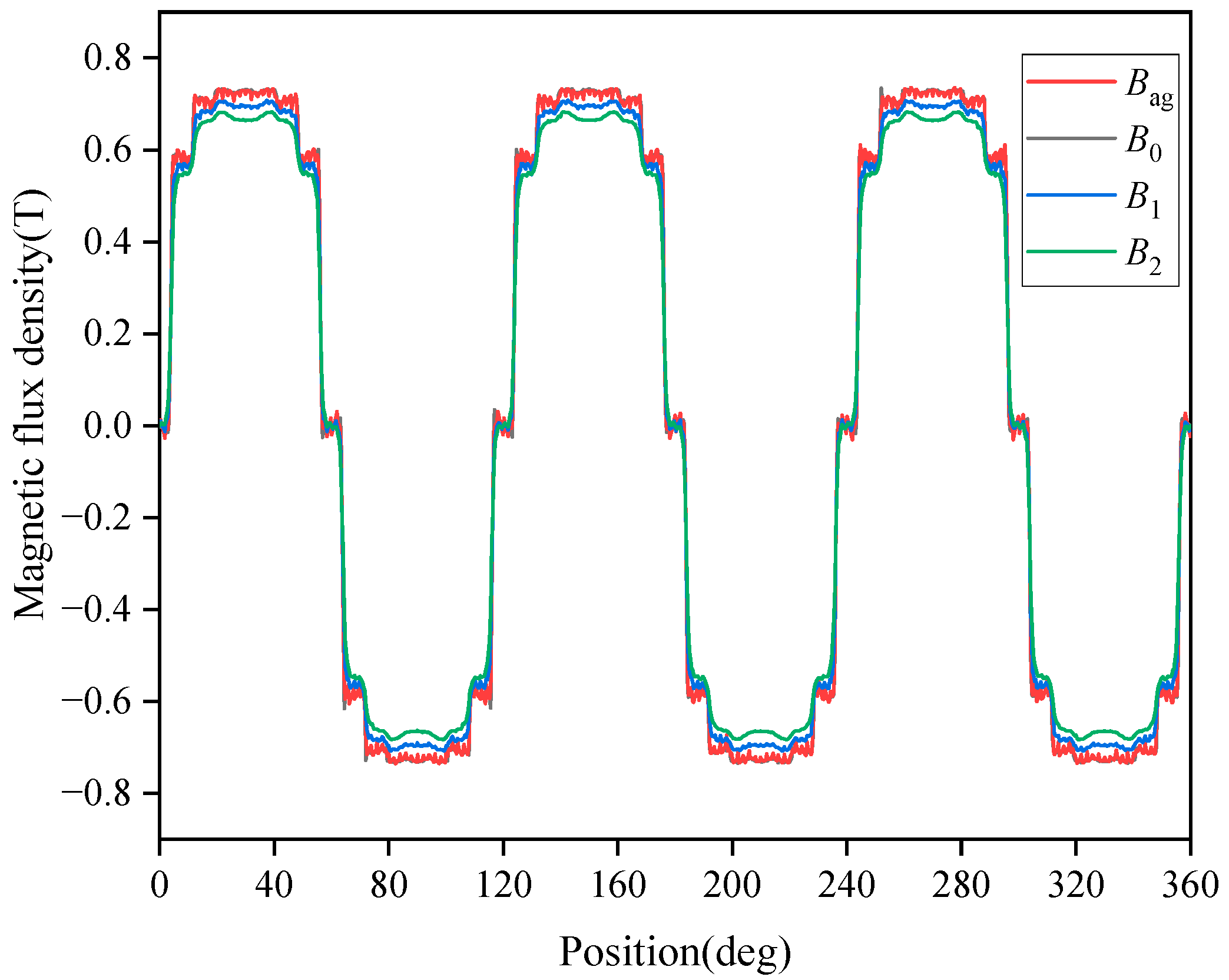
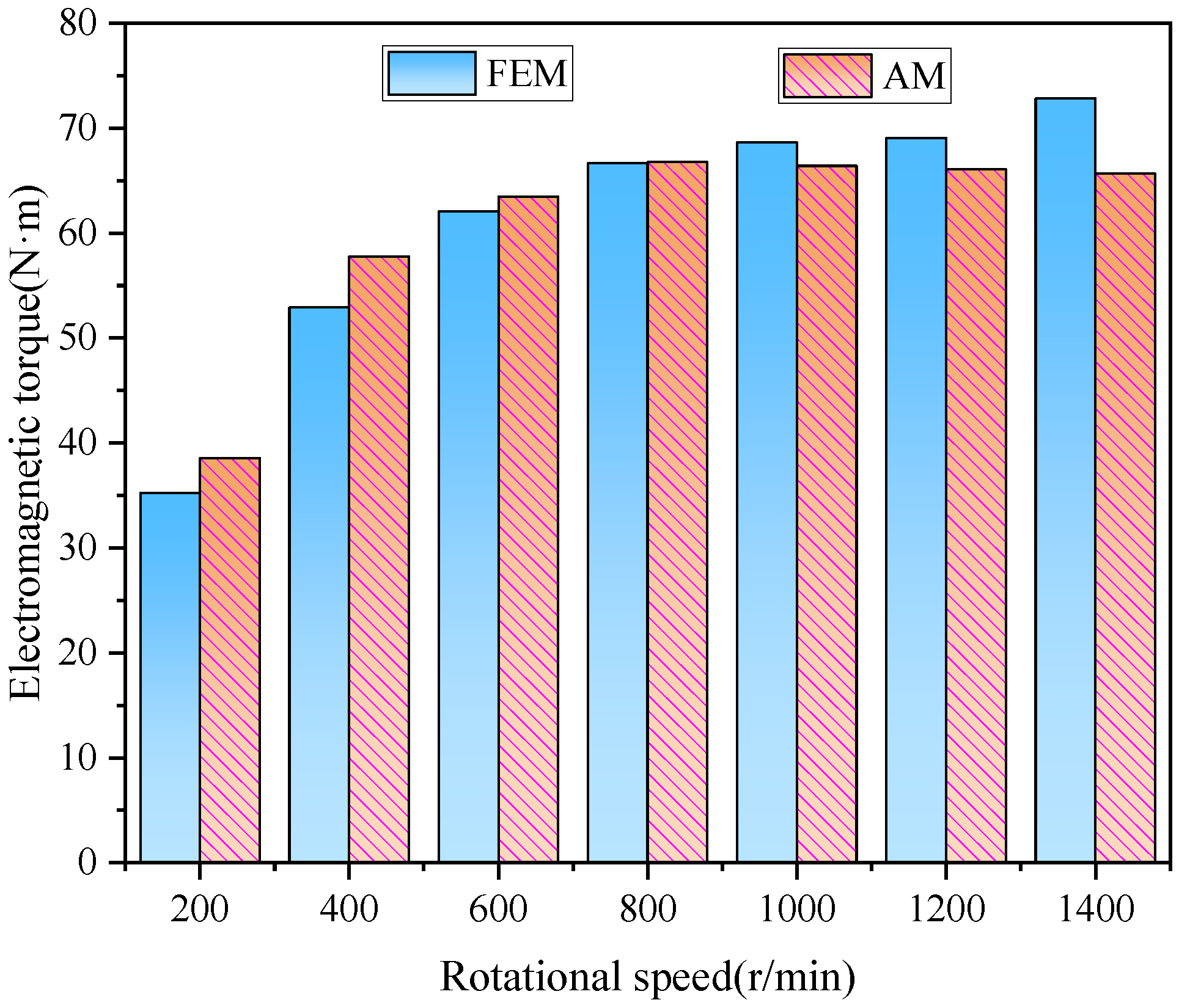
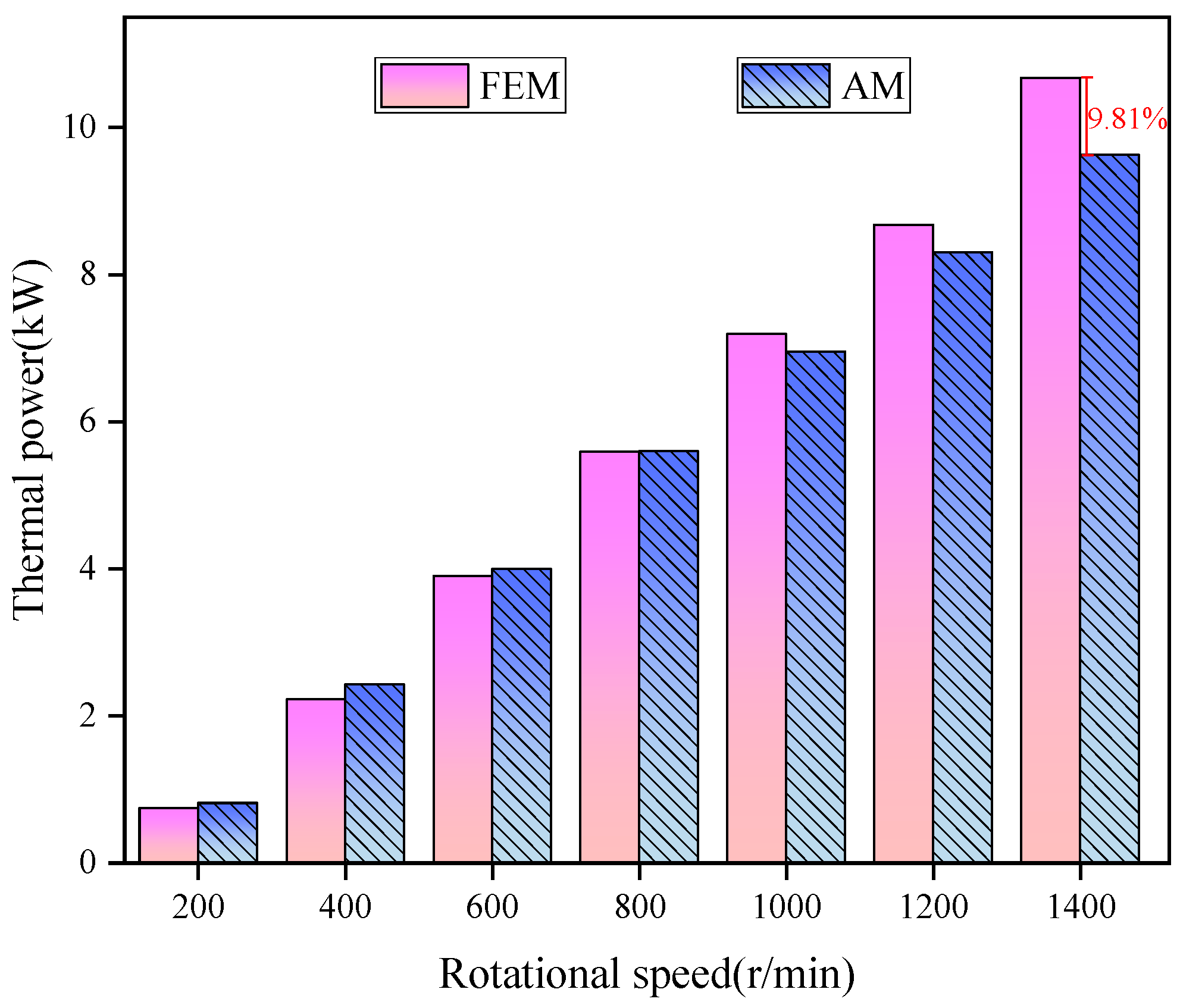
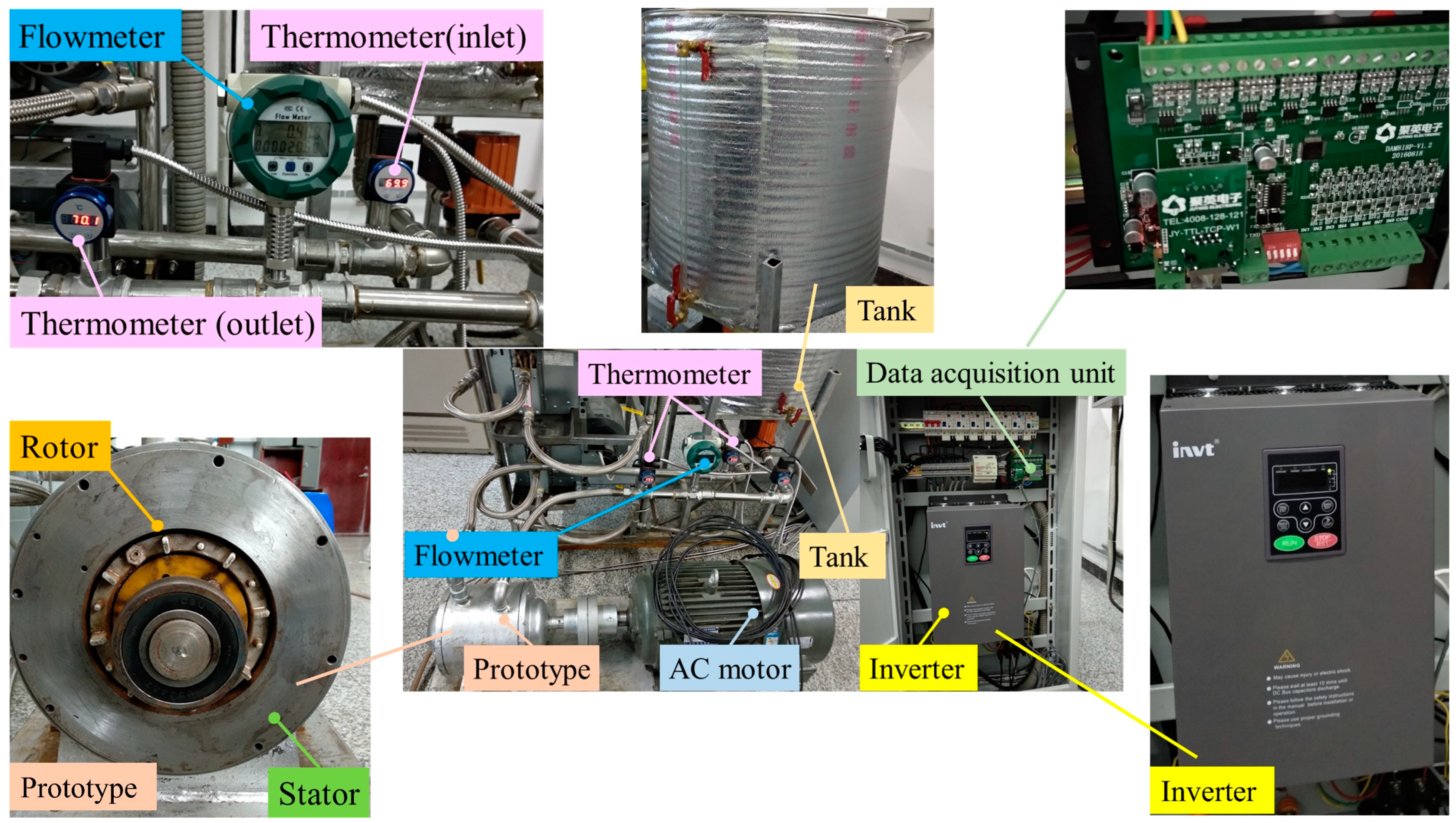
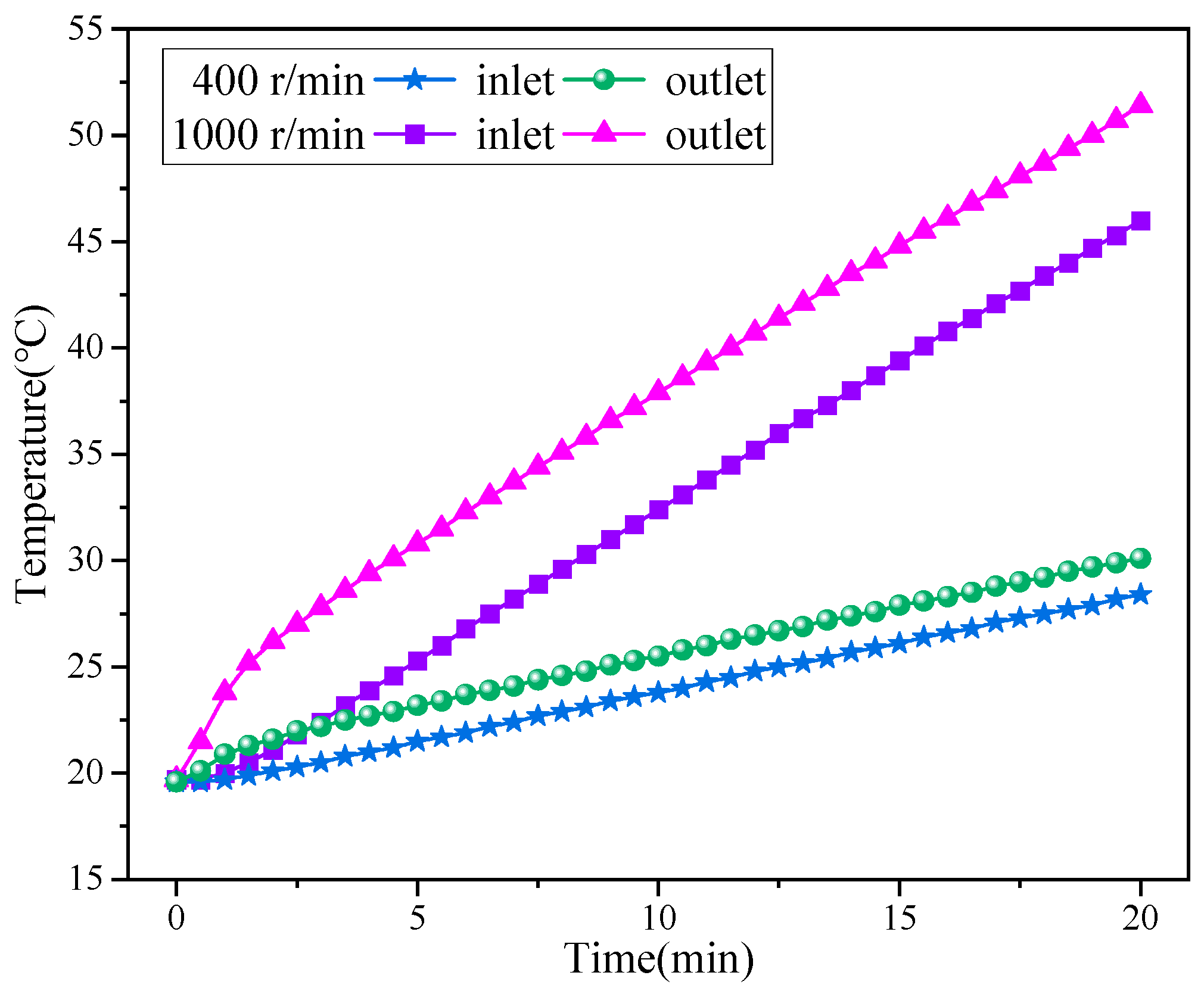
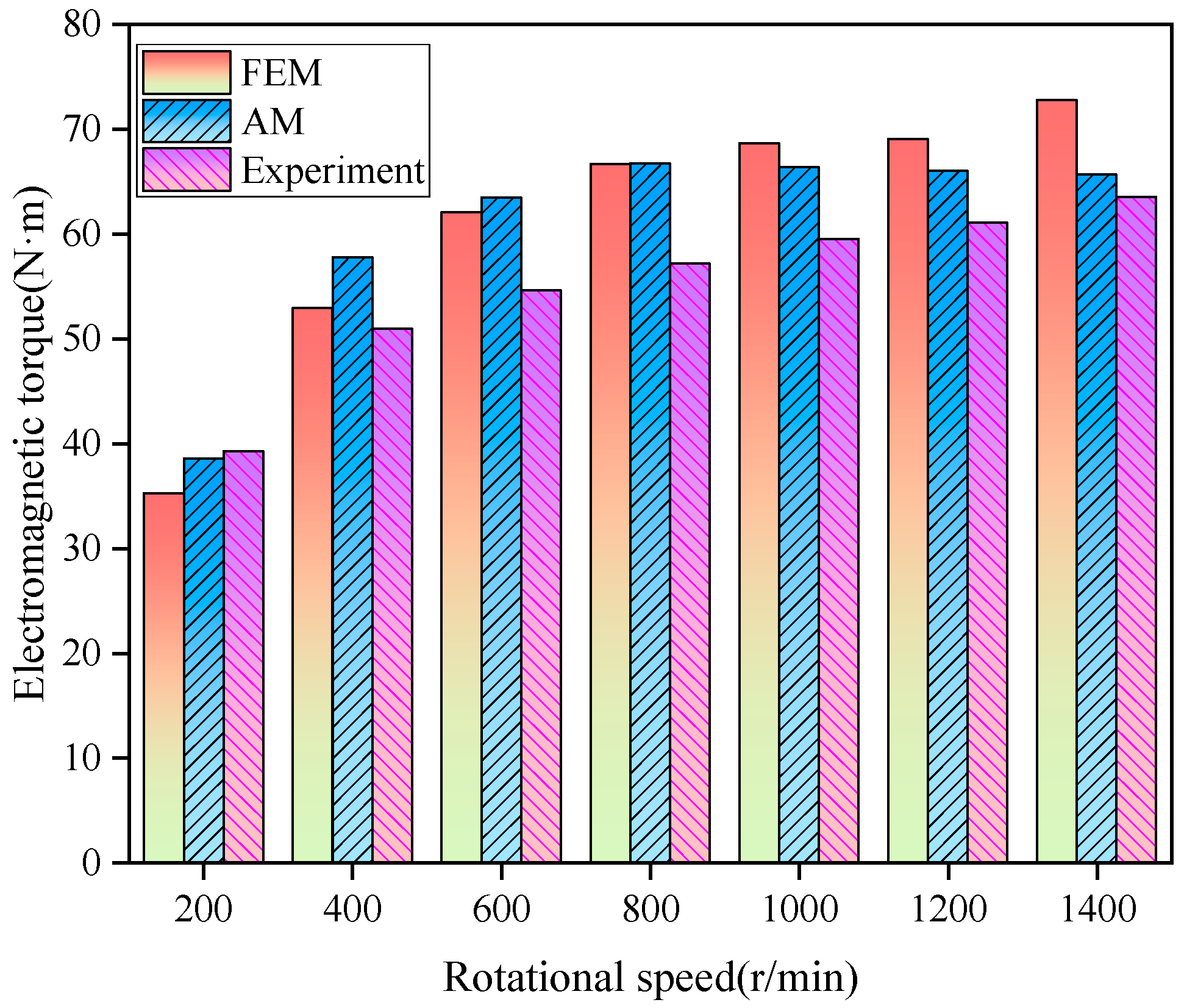
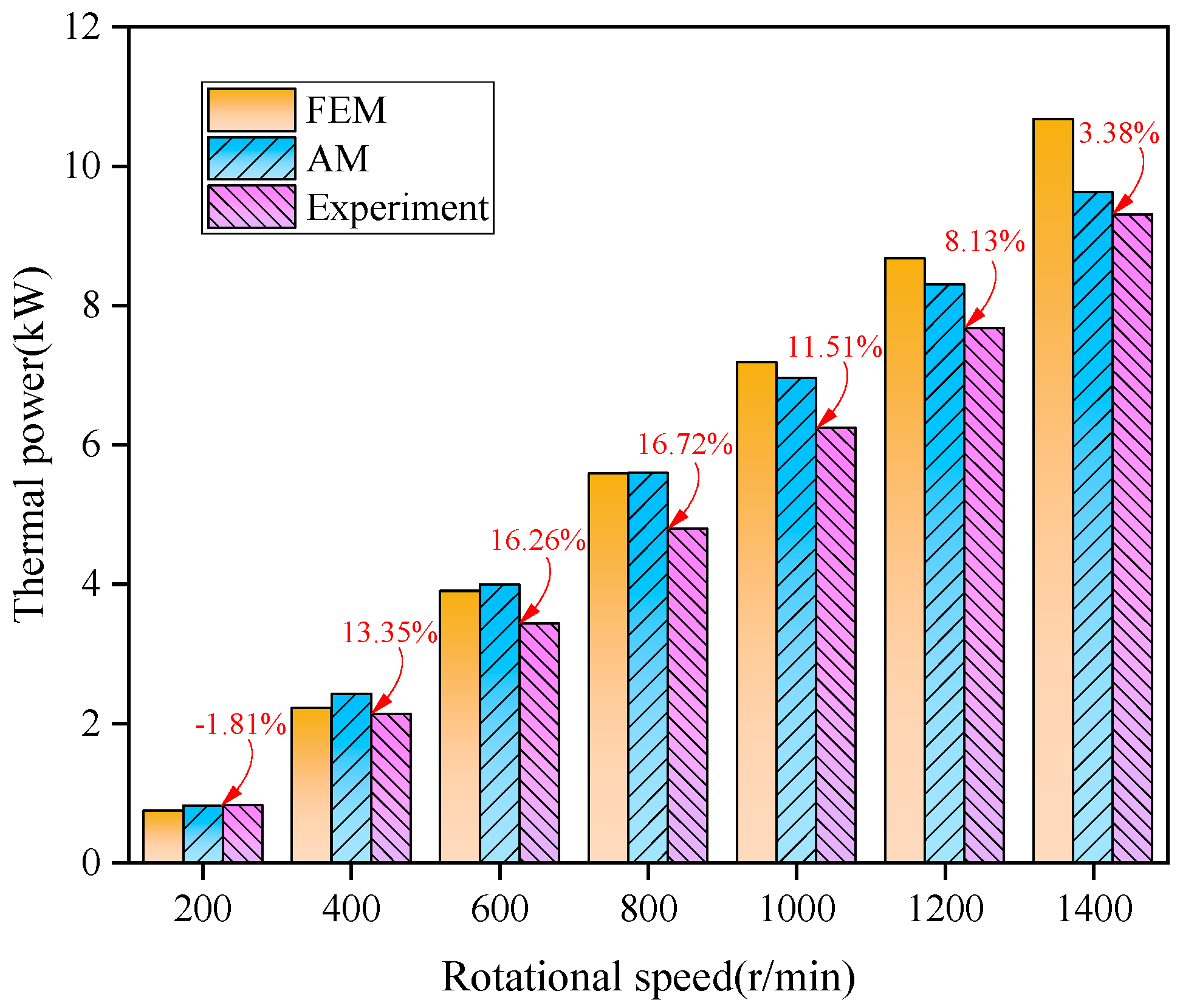
| Parameters | Variable | Value |
|---|---|---|
| The maximum angles of the permanent magnet (°) | α | 56.0 |
| The minimum angles of the permanent magnet (°) | β | 48.0 |
| Angle of adjacent poles (°) | 60.0 | |
| Thickness of flux barrier b (mm) | b | 1.03 |
| Thickness of flux barrier c (mm) | c | 1.3 |
| Thickness of permanent magnet (mm) | h | 4.0 |
| Length of permanent magnet (mm) | w | 27.2 |
| Radius of rotor shaft (mm) | R1 | 24.0 |
| Outer radius of the rotor (mm) | R2 | 74.0 |
| Inner radius of the stator (mm) | R3 | 74.5 |
| Outer radius of the stator (mm) | R4 | 92.5 |
Disclaimer/Publisher’s Note: The statements, opinions and data contained in all publications are solely those of the individual author(s) and contributor(s) and not of MDPI and/or the editor(s). MDPI and/or the editor(s) disclaim responsibility for any injury to people or property resulting from any ideas, methods, instructions or products referred to in the content. |
© 2024 by the authors. Licensee MDPI, Basel, Switzerland. This article is an open access article distributed under the terms and conditions of the Creative Commons Attribution (CC BY) license (https://creativecommons.org/licenses/by/4.0/).
Share and Cite
Lu, H.; Zhang, L.; Hong, W. Thermal Power Calculation of Interior Permanent Magnet Eddy Current Heater Using Analytical Method. Processes 2024, 12, 1457. https://doi.org/10.3390/pr12071457
Lu H, Zhang L, Hong W. Thermal Power Calculation of Interior Permanent Magnet Eddy Current Heater Using Analytical Method. Processes. 2024; 12(7):1457. https://doi.org/10.3390/pr12071457
Chicago/Turabian StyleLu, Honglei, Ling Zhang, and Wenpeng Hong. 2024. "Thermal Power Calculation of Interior Permanent Magnet Eddy Current Heater Using Analytical Method" Processes 12, no. 7: 1457. https://doi.org/10.3390/pr12071457
APA StyleLu, H., Zhang, L., & Hong, W. (2024). Thermal Power Calculation of Interior Permanent Magnet Eddy Current Heater Using Analytical Method. Processes, 12(7), 1457. https://doi.org/10.3390/pr12071457





